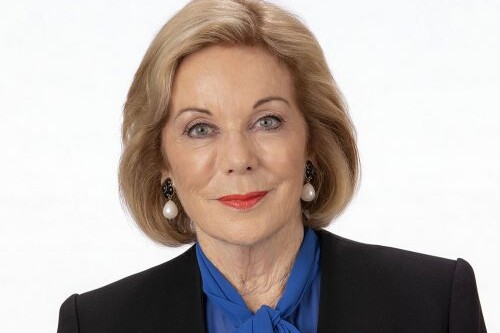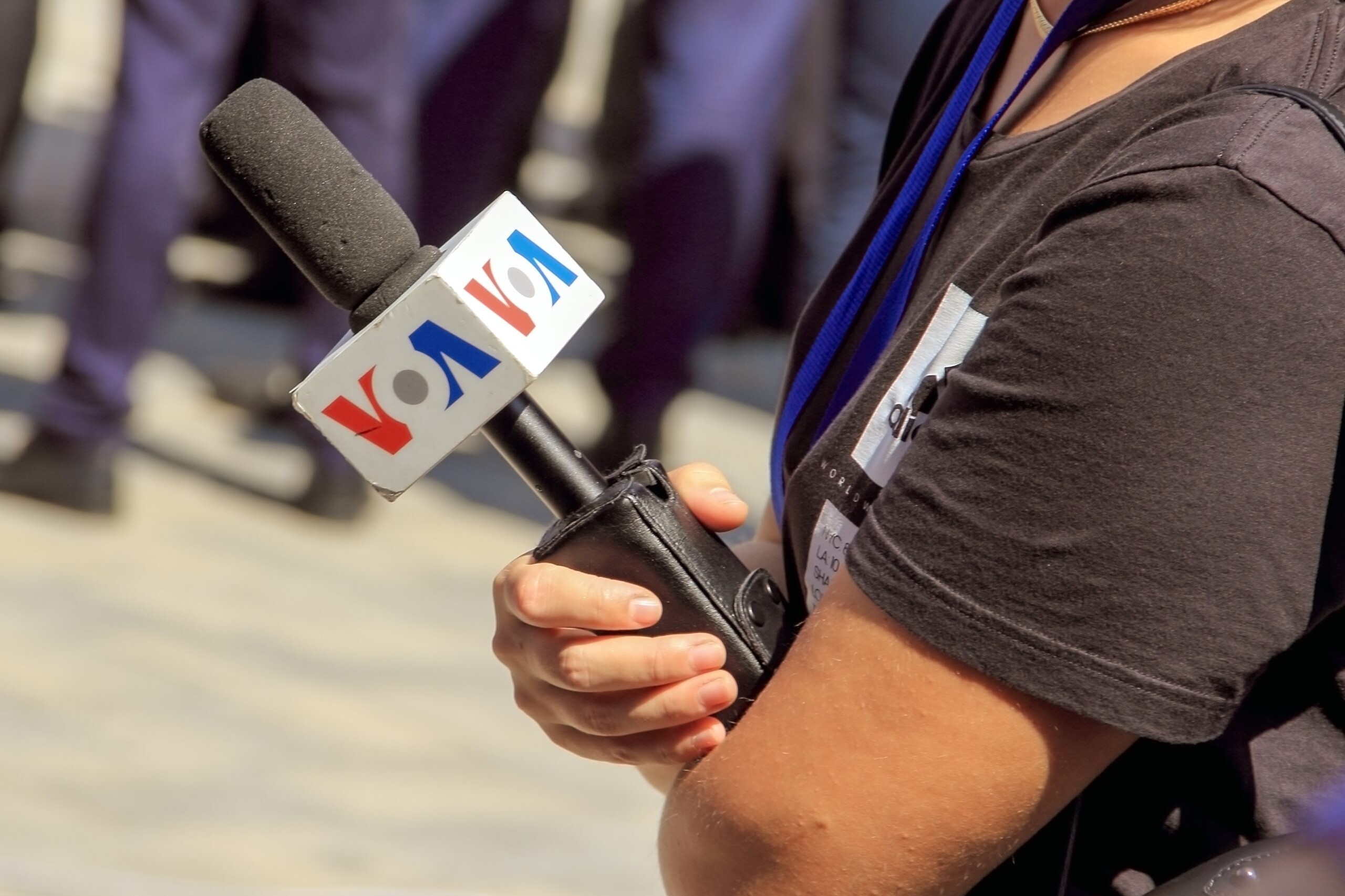At a time when independent public media are crucial to ensuring that citizens have access to trusted and verified information, many are facing new and ongoing threats from political interference and funding cuts. Here we reflect on some of these challenges, many of which have been amplified by the COVID-19 crisis.
Part of our role at the Public Media Alliance is to advocate for the values of public service media (PSM) worldwide. While this often means promoting the individual merits of PSM and their specialisms in educating, informing and entertaining, it also means defending their role, and at times, their very existence when under attack from governments, populist rhetoric and funding cuts.
The paragraph above was written in February, before the declaration of a global pandemic. Yet the pandemic it seems, has both amplified the critical roles that public media play in society while exacerbating the threats facing them and press freedom more broadly.
More than ever, publics are turning to PSM as they search for trusted content and information. Many outlets doubled down on the production of educational content as schools closed, and refocussed efforts on news gathering and holding governments to account. Some, like SBS in Australia, have launched in-depth multilingual content to reach diverse audiences. In Germany, 84 percent of adults over the age of 14 placed huge importance on the role of public media during the crisis. Other PSM have launched funds to support content creators, despite facing their own financial challenges.
Read more: Coronavirus Resources and Best Practices
Political pressure
Yet this hasn’t stopped governments from taking advantage of the situation, using the pandemic as an excuse to curtail media freedom, implement draconian legislation and undermine trust in independent news media.
Some have used the pandemic as a guise though which to implement sweeping reform. The imposition of new security laws in Hong Kong by Beijing not only poses an existential threat to the editorial independence of public broadcaster RTHK, but also the relative freedoms that journalists and citizens have experienced since 1997 in comparison to China.
Across parts of Central Europe, political interference in PSM has been rife, with frequent verbal attacks on Slovenia’s RTVSlo and attempts to politicise the board of Ceska Televize. In Hungary, emergency laws have allowed the government to restrict press freedom and tighten its control over the flow of public information.
Read more: Public media in Poland?
Poland’s government continues to solidify its influence over former public broadcaster TVP, which has been widely accused of acting as a government mouthpiece throughout the latest presidential election and failing to hold leadership to account at the height of the pandemic.
Funding cuts
Elsewhere, the clear value and public support for robust, well-funded PSM hasn’t stopped the introduction of hugely damaging cuts that could undermine their ability to effectively inform democracy.
Despite its critical role during last summer’s bushfires and the coronavirus crisis, the Australian Broadcasting Corporation (ABC) has announced sweeping cuts due, in part, to a $40m per annum budget shortfall imposed by the Morrison government. At least 250 jobs will be cut across all divisions at a time when quality, relevant journalism is crucial as other local outlets struggle against a decline in advertising revenue. Just last week it was announced that out of 215 regional news “contractions” in Australia over the past 18 months, 195 took place during the pandemic.
In the UK, the BBC recently announced significant cuts across its regional services, with 450 redundancies in England alone. The cuts include a reduction in its local investigative and political output, leading to concerns for the impact on local democracy and the possibility of news deserts. The corporation is attempting to find £125m in savings as a result of the coronavirus, as it also faces up to the added burden of funding licence fees for many over the age of 75, which were previously funded by the government.
Read more: Concerns for local coverage as the BBC looks to make cuts
The situation in the US is also precarious, where public media rely on a mix of federal, commercial and philanthropic income. Here, PSM stations are often the only source of local journalism and a trusted source of educational content for many children. But the impact of COVID-19 has forced the Corporation for Public Broadcasting to apply for an additional $175m in federal funding amidst concerns for staff redundancies and closures.
Public media are of course not unique in the challenges that they face. Other editorially independent outlets are also facing the brunt of these issues, posing a direct threat to the public’s access to a plurality of information.
In the Philippines, a government endorsed shutdown of the country’s largest broadcaster, ABS-CBN, and the conviction of Rappler Editor-in-Chief, Maria Ressa, demonstrate the uphill struggle faced by critical independent outlets and press freedom in the country.
Read more: Conviction of Maria Ressa is a further attack on press freedom in the Philippines
Again in the US, the Senate-backed appointment of conservative filmmaker and President Trump ally, Michael Pack, as CEO of the state-funded US Agency for Global Media (USAGM), led to a “purge” in senior executives. It also fuelled concerns for the vital “firewall” that protects the editorial independence of its broadcasters Voice of America (VOA), Radio Free Europe (RFE) and Radio Free Asia (RFA).
These are just some examples of the threats facing public media and public interest journalism during the pandemic. On the one hand the crisis can be seen as a clear example as to why the public need access to quality, well-funded and independent public media. Where present, they combat misinformation, hold power to account and enjoy high levels of trust, evidenced by the surge in audience figures during the crisis. Yet many of these organisations face an onslaught of new and amplified challenges as some governments seek to control the flow of information and limit criticism, while funding pressures also start to take their toll. These will all have lasting implications.
Now more than ever, public media and public interest journalism must be protected; not only for their role in accurately informing the public, but for their role in reporting recovery efforts and informing democracy in the years to come.
Header Image: Coronavirus. COVID-19. 3D Render. Credit: BlackJack3D/iStock
Related Posts
23rd June 2020
Fears for Voice of America’s editorial independence
Serious concerns have been raised about…
23rd June 2020
Who’s behind the news? Why we need to know, especially now.
Why public service media plays an…
19th June 2020
Easing lockdown: Public media’s roadmap to resuming production
As lockdown restrictions continue to…



